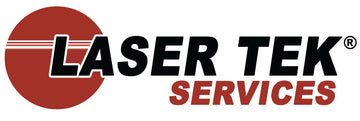When one prints a lot of documents, viewing the print history windows allows fact checking of documents recently printed to prevent multiple copies that will not be needed anyway.It is a fact that the print history in the computer is not automatically saved, however if the OS involved is a Windows Server, saving print history can be enabled by print logging from the reference of the printer. Having the software allows one to track and check the printing history at any time at the user’s convenience.
Steps to view print history in Windows are as follows:
From the server window click the “Start” menu and select “Printers and Faxes”
Click “File” and a drop down menu will appear. Select “server Properties” and choose “advanced”.
Then check the box beside the “Log spooler information events”.
After which, restart the printer.
One can now return to this location at any time to view the print log.
On Windows 7 the process to view print history is detailed as follows:
Click the “Start” menu and pick “Control Panel”
Click “All Control Panel items” and from the drop down menu select “Administrative Tools” and pick “Event Viewer”.
From it click “Applications and Services”, then choose “Microsoft”, then pick “Windows” and click “Print Service”.
Right click on “Operational” and select “Enable Log”.
One can now return to this window at any time to view the log, all items marked with !D307 are the documents that have been printed.
On OSX, the process to view print history are detailed as follows:
Open Safari.
Type the address “http://localhost:631/” into the slot bar and click “Enter”.
The click the “Jobs” tab on the top of the page.
Finally press “Show all jobs” to view print history.
Return to this location every time there is a need to view the print history window.
That’s about it, and everything one needs to know to view the print history as a necessary feature to track down more accurately jobs that has been printed previously.
Remember, never attempt to print document without looking first at the print history window. This should be made standard to prevent printing of unwanted copies. This saves consumption of both ink and paper while also maintaining a healthy office carbon footprint.





